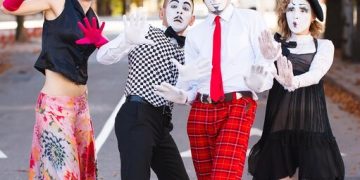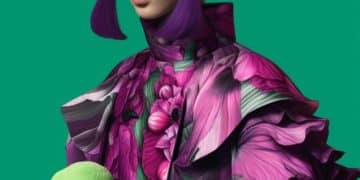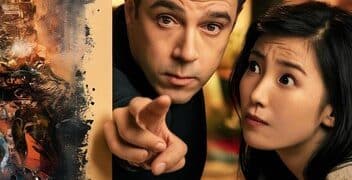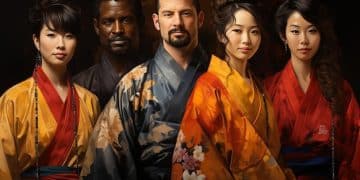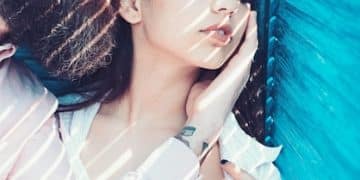Korean Drama Tropes: Spotting Recurring Themes & Plot Twists
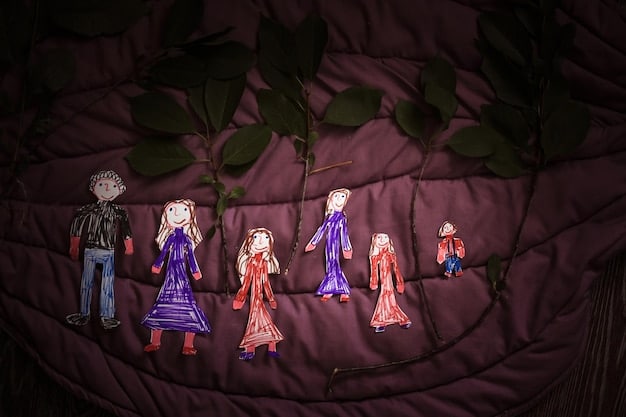
Advertisements
Korean drama tropes are recognizable recurring themes and plot devices, such as amnesia, love triangles, and fateful encounters, that shape the narratives and emotional resonance of K-dramas.
Korean dramas, or K-dramas, have captivated audiences worldwide with their compelling stories, charismatic actors, and unique storytelling style. A key element of their appeal lies in the use of **Korean drama tropes**: recurring themes and plot devices that have become synonymous with the genre. While some may see these tropes as predictable, they are often employed in creative and engaging ways, contributing to the emotional impact and overall enjoyment of K-dramas.
Anúncios
The Endearing World of Korean Drama Tropes
Korean dramas follow patterns familiar to viewers across the globe. The tropes, motifs, plot devices and themes enhance viewership. But what are these tropes and why are people so enraptured by them?
The popularity of these stories has risen dramatically. Audiences appreciate their familiar storytelling style.
Anúncios
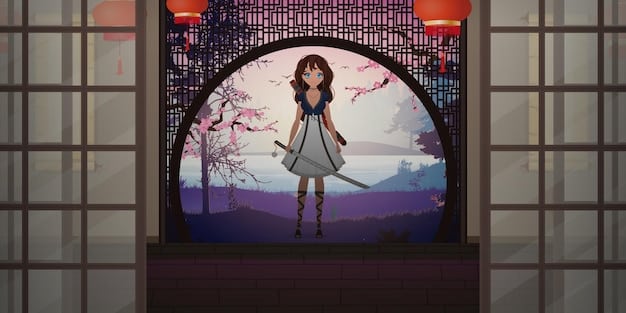
Classic Romantic Tropes in K-Dramas
Romance is the main subject of television, especially in K-dramas. The relationships become part of pop-culture. These tropes define the unique elements of the storytelling.
They include some that are standard in many storytelling areas, but also those unique to Korean dramas.
Love Triangles
Ah, the classic love triangle. It’s a K-drama staple! Two people vying for the affection of one central character. This creates conflict and tension, and keeps viewers guessing until the very end.
Fate and Destiny
These are major themes in many dramas. Characters are destined to be together, and face trials and tribulations.
- Red Thread of Fate: An invisible thread that connects soulmates throughout their lives.
- Past Lives: Characters connected through past lives, meeting again in the present.
- Destined Encounters: Chance meetings that are actually orchestrated by fate.
These tropes add a touch of magic to the storylines.

The “Cinderella” Trope and Social Class
The Cinderella trope appears in most Korean dramas, but it comes with a twist. There is usually a clash between social classes that needs to be overcome.
This trope is also usually connected to other familiar events.
Rich vs. Poor
This is the most recognizable trope. There is a poor female lead and a wealthy male lead. They must overcome their class differences.
Family Opposition
Involved in the wealthy vs poor trope, the families usually make it difficult for the characters to fall in love.
- Forced Separation: Wealthy parents try to keep the leads apart.
- Arranged Marriages: Pressure to marry someone of equal social standing.
- Business Deals: Love threatened by corporate interests.
These themes reflect social inequality and the triumph of love.
Common Plot Devices and Twists
Drama always needs intense plot twists and story elements to bring intrigue to the stories. K-dramas are no exception with many exciting elements.
The writers of the stories incorporate plot devices to either test the relationship or bring interesting story points.
Amnesia
A classic plot device. One character suffers amnesia. This creates conflict and forces them to rediscover their love or identity.
Terminal Illness
The characters may have a terminal illness that threatens the relationship. This plot device has been used effectively in many dramas.
These can also create emotional moments for the viewer.
Humorous and Quirky Tropes
Sometimes drama becomes too much. Humor helps to balance the intense moments. These tropes feature those moments.
They help the viewer relax in the story and enjoy the characters.
Accidental Cohabitation
Characters have to live together, which leads to conflict. They have to learn to get along.
Gender-Bending
A very popular theme, where the female lead disguises herself as a male. Romance and gender roles are explored though this device.
- Identity Confusion: Misunderstandings arise over the lead’s true identity.
- Unexpected Alliances: The lead forms close bonds with male characters who are unaware of her true gender.
- Revealing the Truth: Dramatic reveal of the lead’s true identity, leading to romance or conflict.
Viewers can have fun with these tropes.
The Role of Food and Drink
Food and drink act as a cultural element in Korean Dramas. They are used as a method to build character and allow the viewer to understand the culture more.
Food can also represent emotion.
Eating Together
Sharing a meal signifies bonding. It enhances friendship or romantic connections. Characters open up while enjoying food.
Specific Dishes
Certain dishes evoke memories. This can be a way for characters to remember something about their lives.
- Kimchi: A staple dish representing family and tradition.
- Ramyun: Often shared between characters, symbolizing closeness.
- Rice Cakes: Used in celebrations and represent good fortune.
Food amplifies the sense of cultural immersion.
Fashion and Appearance
The culture of Korean Dramas have made their ways into the fashion world. What the characters wear are carefully put together and are influenced by Korean culture.
Costumes tell a story.
Character Transformation
Makeovers signify a character’s growth. This can represent a romantic transformation or them standing up for themselves.
Distinctive Styles
Every character has their own iconic fashion. This reflects social and personal status. This also adds visual and emotional depth to the characters.
Korean fashion trends are amplified because of this.
| Key Element | Brief Description |
|---|---|
| 💘 Love Triangles | Two characters vie for the attention of the main lead, creating tension. |
| 🍜 Food Culture | Sharing meals and specific dishes highlight bonding and cultural immersion. |
| 💫 Fate and Destiny | Characters are destined to be together, facing trials throughout life. |
| 🧑🤝🧑 Class Differences | There is a poor lead and wealthy love interest. They must overcome their differences. |
Frequently Asked Questions
▼
Many romantic tropes in K-dramas are universal to modern stories, but they are woven into Korean cultural values. Love triangles, fateful encounters, and the “Cinderella” trope are among the most prevalent, but these may appear different than in Western cinema.
▼
Social class differences typically appear with a wealthy lead and poor love interest. The family makes it difficult for them to remain together, and they must overcome those challenges. They must defy social norms to embrace their love.
▼
Food is more than just sustenance in Korean dramas; it’s a cultural artifact and expression of emotion. Food builds relationships, triggers memories, and enhances cultural immersion, which allows foreign viewers to have a deeper understanding.
▼
These create emotional tension to move the story forward. Amnesia and terminal illness introduce conflict and emotional depth, and allow viewers to see character and plot changes as they occur.
▼
Fashion plays a crucial role, reflecting character development. Styles are linked to social standing, personality, and personal growth, which add emotional and visual depth to the characters involved. This reflects a K-drama’s quality and viewership.
Conclusion
Ultimately, the **Korean drama tropes** discussed here, and many others that exist, are not just simple, overused cliches. They are creative storytelling devices that create emotional resonances with the audiences, and keep viewers coming back to the genre.
